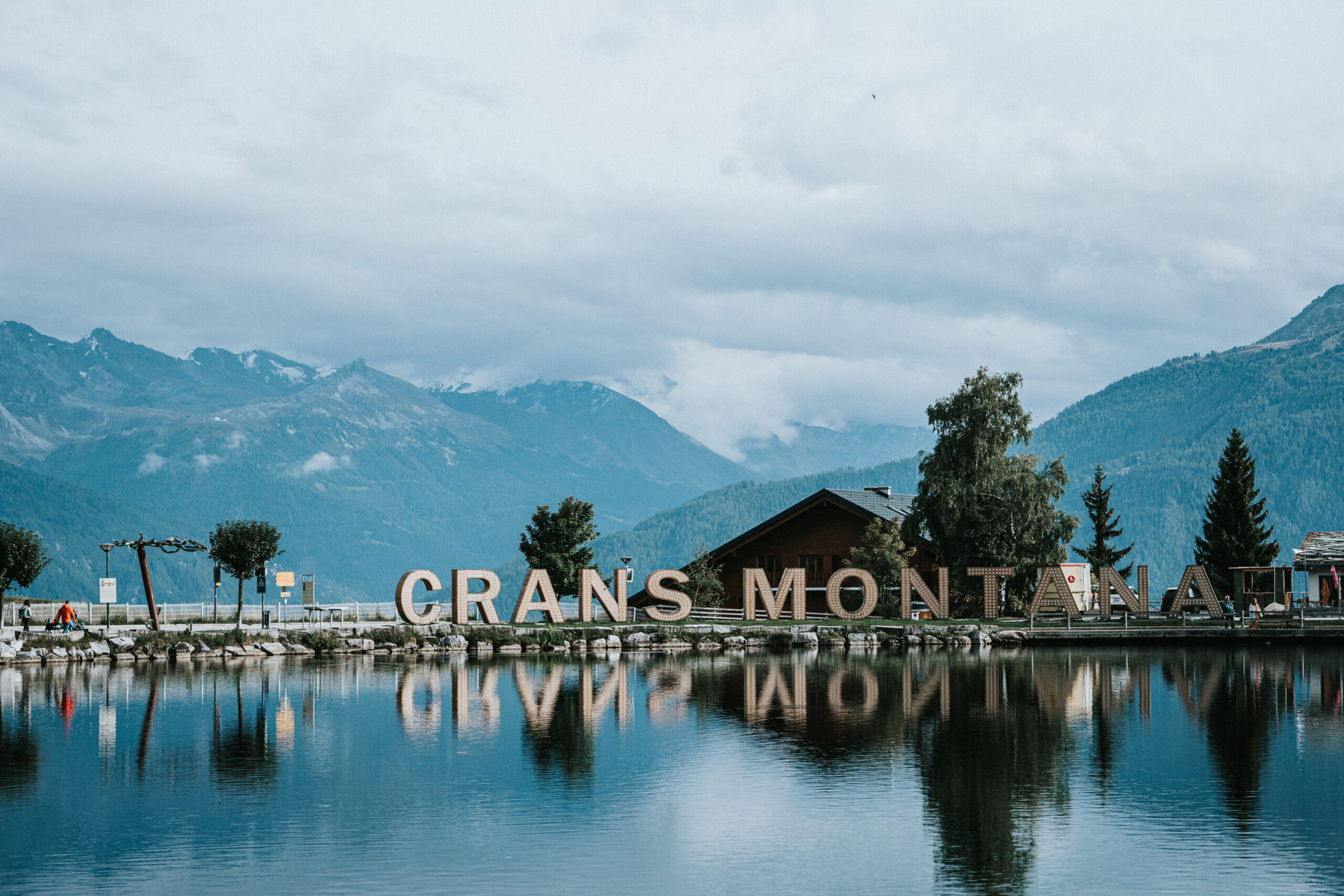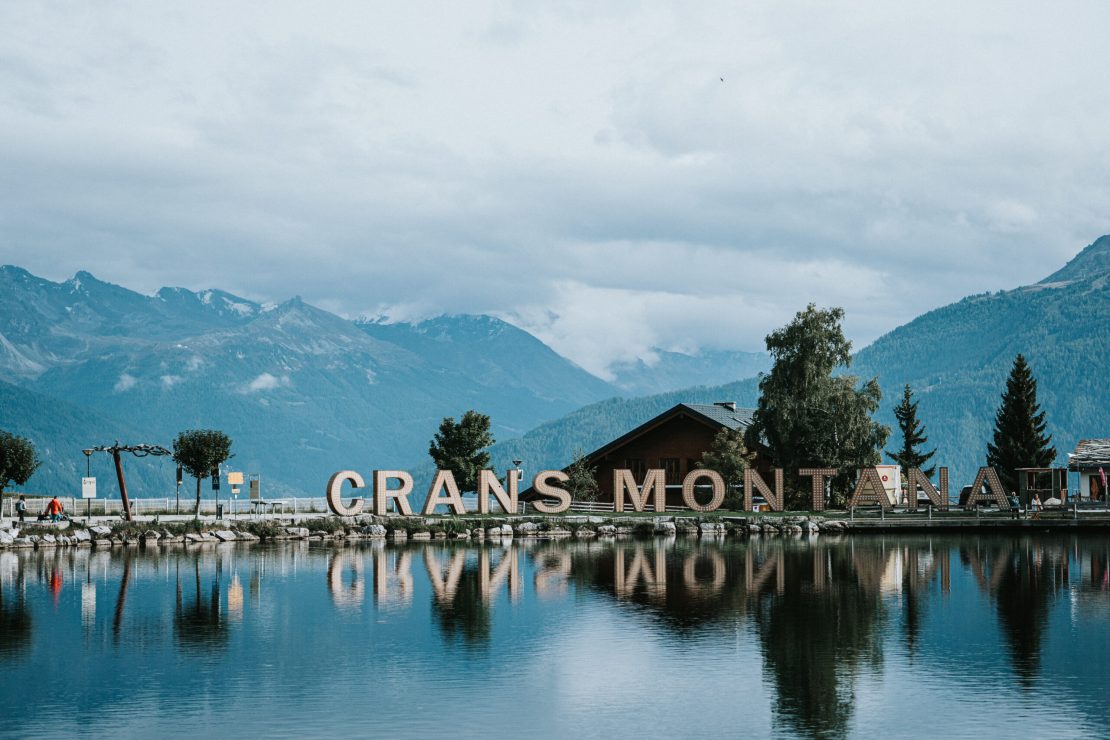
Originally a golfing & health retreat in the early 1900’s, Crans-Montana later opened up the mountains to skiers and eventually mountain bikers in the early 2000’s.
Crans-Montana is in the French/German Swiss valley of Valais. Valais is well known for its wines and it’s pretty obvious why. With a deep valley that soaks up the heat and fresh glacier water running down it’s hills into the vineyards, the grapes have everything they need to thrive.
Best for
Whilst there are beginner friendly trails it lacks a gentle and friendly progression from the beginner trails to the more technically demanding natural and bike park trails. Yes, there is a blue trail in the bike park but this is truly not comparable to a blue trail in Morzine and would most certainly be graded a red here in the UK.
Beginner
Intermediate
Expert
Trail ratings
The natural trails in the area are pure alpine bliss. The riders have a good relationship with local farmers and walkers, enabling helpful things like bridges over rocky streams and the occasional built berm. The bike park is fairly small compared to other European parks and lacks a wider variety of trails.
Natural
Man Made
Park
Environment
Crans-Montana is truly accessible from the UK without flying and driving. The Swiss transport system has plenty of room for luggage and bikes whilst feeling safe and secure. While I was there I was pleased to find very little traffic in the towns, however the bus service and funiculars always had a healthy stream of people utilising them.
Trail types explained
Bike Park
Perhaps the easiest to get your head around. Predominantly uplifted serviced DH trails. Carefully designed, curated and maintained. Bike parks are usually pay to play in one for or another even if that is just the cost of the lift pass or uplift. UK examples include Bike Park Wales
Man Made
Generally not uplifted so you earn your descents on these trails with the climbs. Often based in forested areas specifically designed for mountain biking. Usually way marked and maintained. UK examples include Glentress forest.
Natural
Lines on maps that are often public rights of way. Not way marked so you will generally need navigational skills and a map. Not specific MTB trails so expect to share them with other trail users from walkers to horse riders. Not generally maintained other than by landowners or local authorities as rights of way. UK examples include bridleways.
Words and pictures by Emma Whitaker
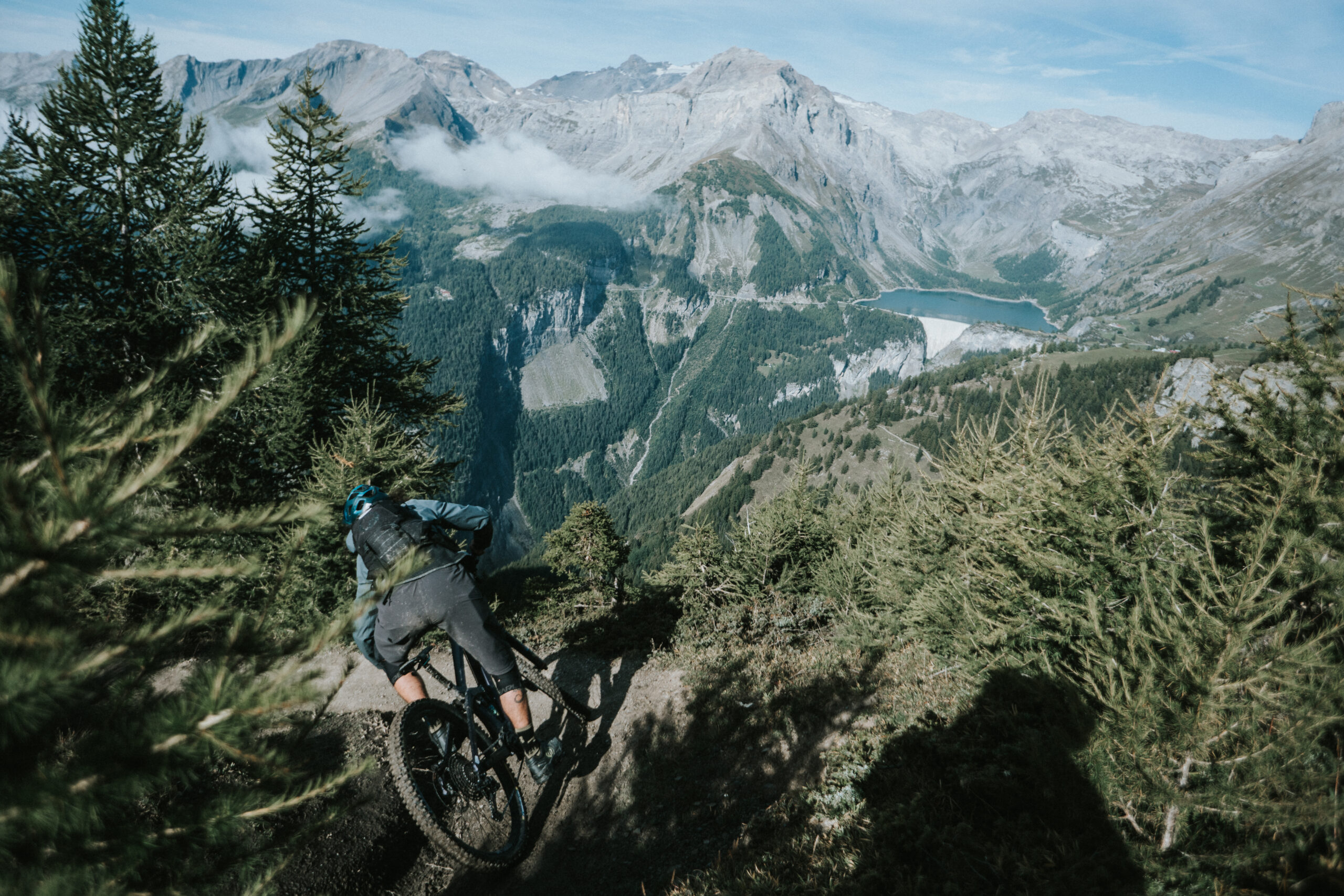
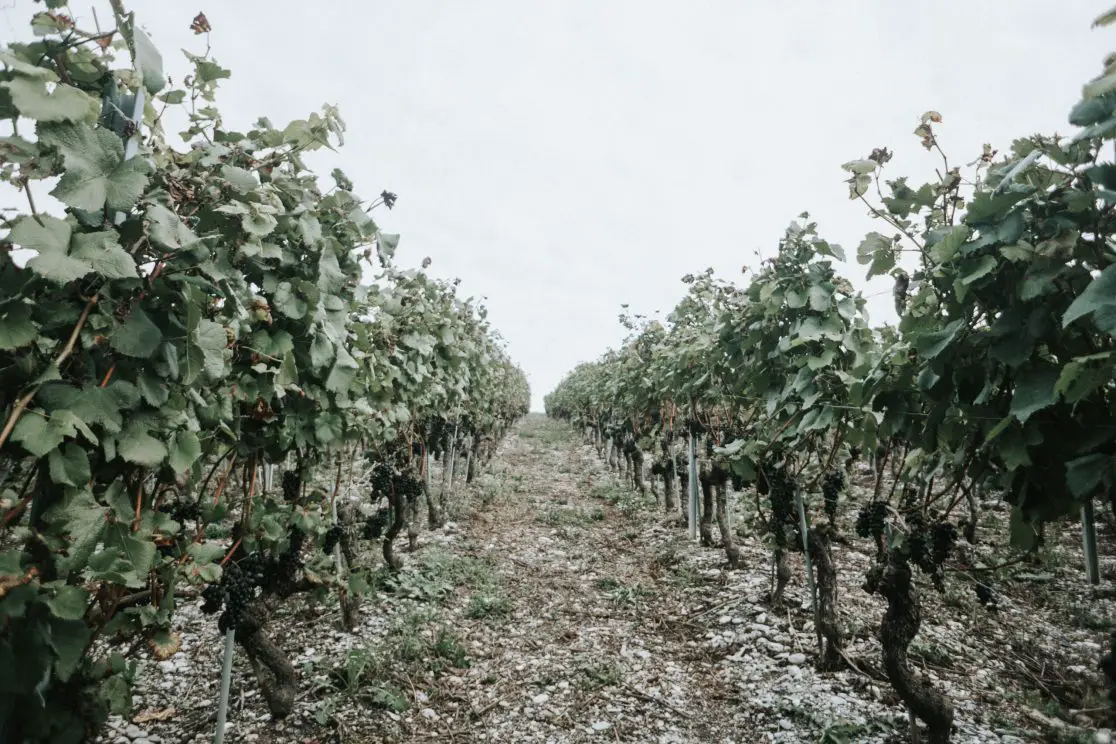

The area is super accessible via public transport. There is a direct train from Geneva Airport to Sierre, a short funicular ride and a 5 minute walk from the station in Sierre takes you to Crans-Montana. Be warned, the walk from the station to the funicular is a little uphill, so take a bike bag with wheels!


The area is built on a big mountain plateau and split into the two areas – Crans and Montana. Between them there are two gondala’s that are open everyday of the year and a heap of riding ranging from bikepark blues to EWS Pro stages. With a total of 177km over 11 official trails there’s definitely enough to keep most abilities entertained.
Despite the gondola being open all year round, you can’t ride all year round. The basic rule is, if there’s no snow, you can ride. Sometimes this might mean only being able to ride from the midstation down and so on. But to be safe I wouldn’t head there with the intention to mountain bike from mid October to late April, depending on the ski season.
Accommodation
Being a resort town from the 1900’s Crans-Montana has a huge variety of hotels, Airbnb’s and luxury chalets. A lot of hotels will accommodate cyclists with secure storage and drying equipment. Thankfully most accomodation is within walking/riding distance to the bars and restaurants. Both Crans and Montana are scattered with charging stations for e-bikes.


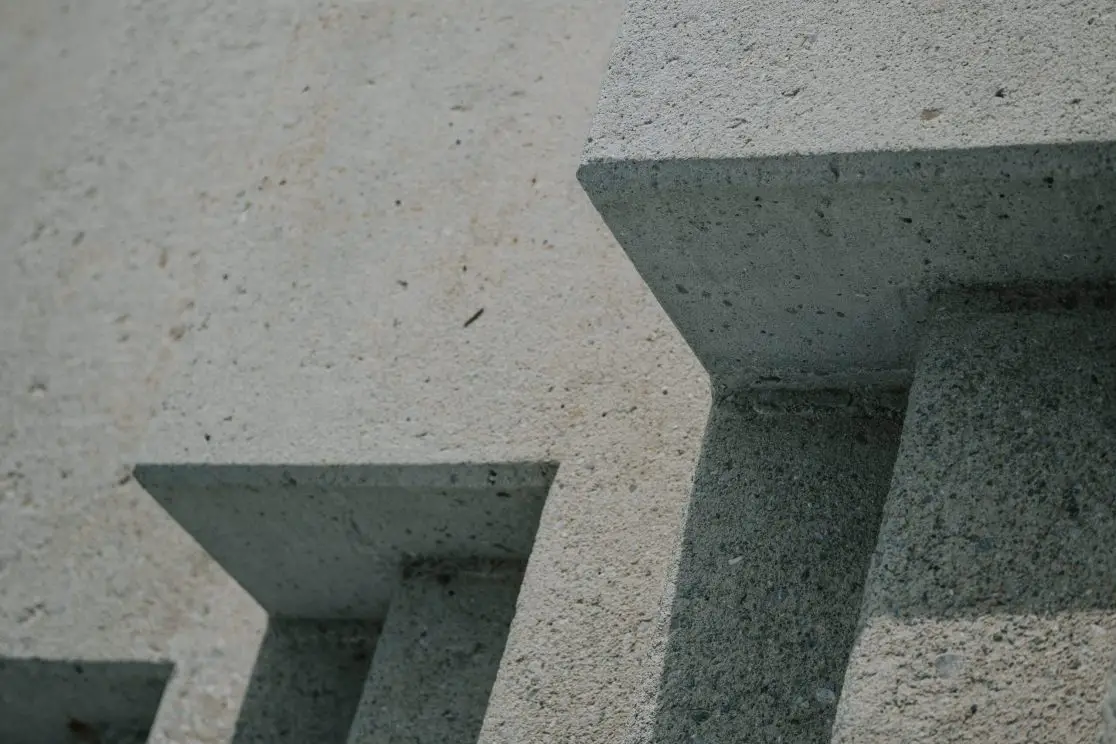
Whilst Switzerland isn’t known for being the cheapest place, there’s still a bit of everything for all budgets. There’s a campsite close to the town centre that is next to a skills loop and flow trails for children and beginners. La Moubra campsite is also equipped with a charging station for e-bikes. The campsite welcomes tents, caravans and all sizes and shapes of campervans.

Getting Around
Crans-Montana is fairly small and it doesn’t take much to walk from one end of town to the other, however, if you’ve had far too much cheese in the evening there’s a range of free shuttle buses to get you back to your hotel bed.

In terms of trail access, the two gondolas are all you need for lifts in Crans-Montana. The gondola from Crans will take you to the top of the main bike park area. A lift pass is around 25-55chf for 24 hours depending on the web deal and when you’re going. However, the more days you do the cheaper the day rates get. Keep in mind that if you ride all the way into Sierre, the funicular is not included in the lift pass price.

What are the trails like?
There’s a real mix of trails in the area. The bikepark is relatively small compared to the likes of Morzine and similar. So if you’re wanting flowy bike park laps day in, day out then it might not be the area for you. But if you want more enduro and true alpine trails then look no further.



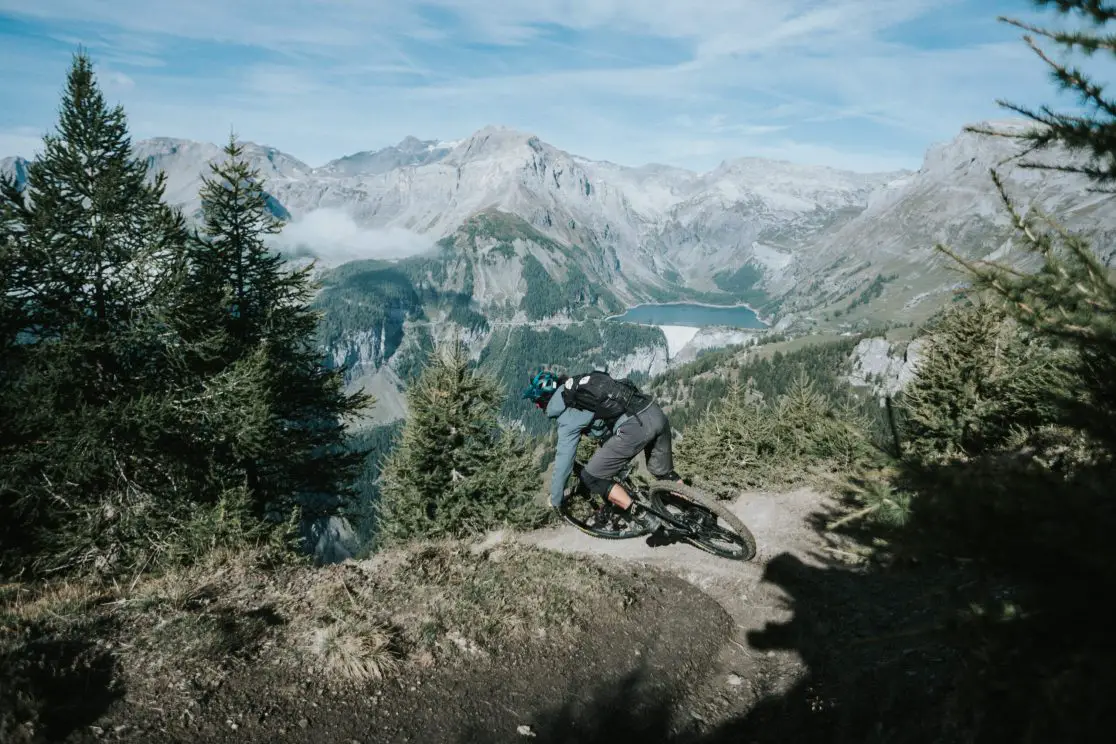
The bike park consists of 3 trails, a blue, red and a black. The blue is more flowy and rollable with gentle takeoffs that could be hit or missed and plenty of berms and features to progress on, but still natural and rockier under the rubber. The red is a nice upgrade for people looking to step up from the blue, it pushes the rider without too much intimidation. It offers more gap jumps and drops, but everything has a nice way round if you don’t fancy hitting them. The black is the next step up but, in my opinion, a rather large leap from the red. You’re met with a much more steep, natural and technical downhill trail, some of which is used for an EWS stage.
With no official green bike park trail this doesn’t mean that the resort isn’t suited to families and entry level riders. Just outside of Crans there is a skills loop as well as marked trails for entry level riders and families starting from 5K loops all the way up to 15K but remains friendly for all.

Outside of the bike park there are myriad trails to discover. I barely scratched the surface while I was there. However, although presented with a rabbit warren of trails, this doesn’t mean you have to get a guide to show you around. There’s a handy QR code on all the ebike charging stations that allows you to access a whole heap of official trails, with an interactive map showing perfect places to stop for a meal, a swift pint or a live guide or sat-nav along the route. If you were wanting to ride like a local and explore some of the lesser known trails or do a bit of wine tasting at the end of the day, there’s a range of guides to hire to take you on a proper alpine adventure. Not only can you view mountain bike trails through the link but also gravel, road and e-bike routes.


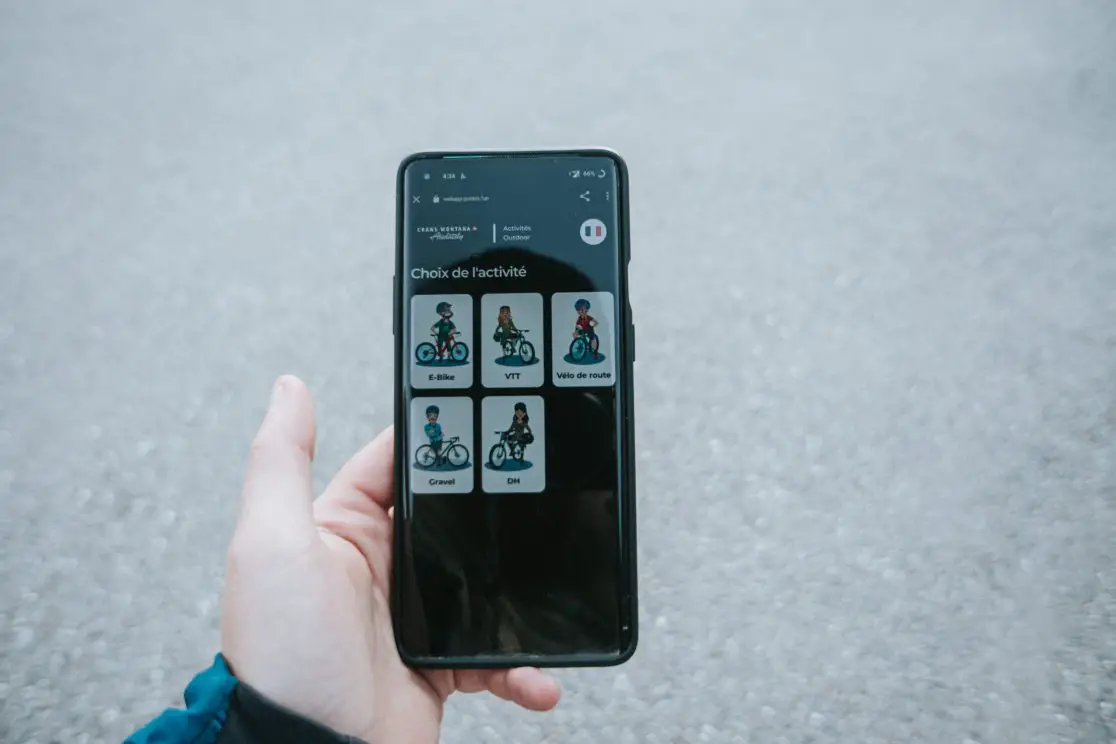

As with any large open alpine landscape in such a deep valley the terrain changes heavily as you head further up or down the mountains. Upwards you’re welcomed with deep, rocky forests with large meadows whilst lower down it’s dustier and looser with a terrain that I associate with more southern climates. The ability to ride both terrains in a day is easy and enjoyable, with descents lasting as long as 20K and some having over 1500m of drop, something we can only dream of here in the UK!

How long should I stay?
A week or two in these mountains would get you riding some incredible trails without too much repetition. A day’s rest in a spa by one of the lakes or even wine tasting further down the valley will round your trip off nicely. It’s worth noting that it’s also definitely possible to have a long weekend here and still take in the experience. The ease of being able to access the area via public transport makes it incredibly easy to get in and out of. Once you’re up the mountains in Crans-Montana there’s no need for a car, you can get everywhere on your bike or by foot.

What sort of gear should I have?
I saw people riding in all sorts of kit, from XC on lightweight bikes and kit, to fully armoured out downhillers. It truly depends on what kind of riding you’re fancying. I spent my time in a half-face and a decent set of knee pads on a 160mm travel bike and never felt out of place or like it wasn’t enough (okay maybe on the EWS Pro stage I wish I had a full face and a wee bit more protection!).

